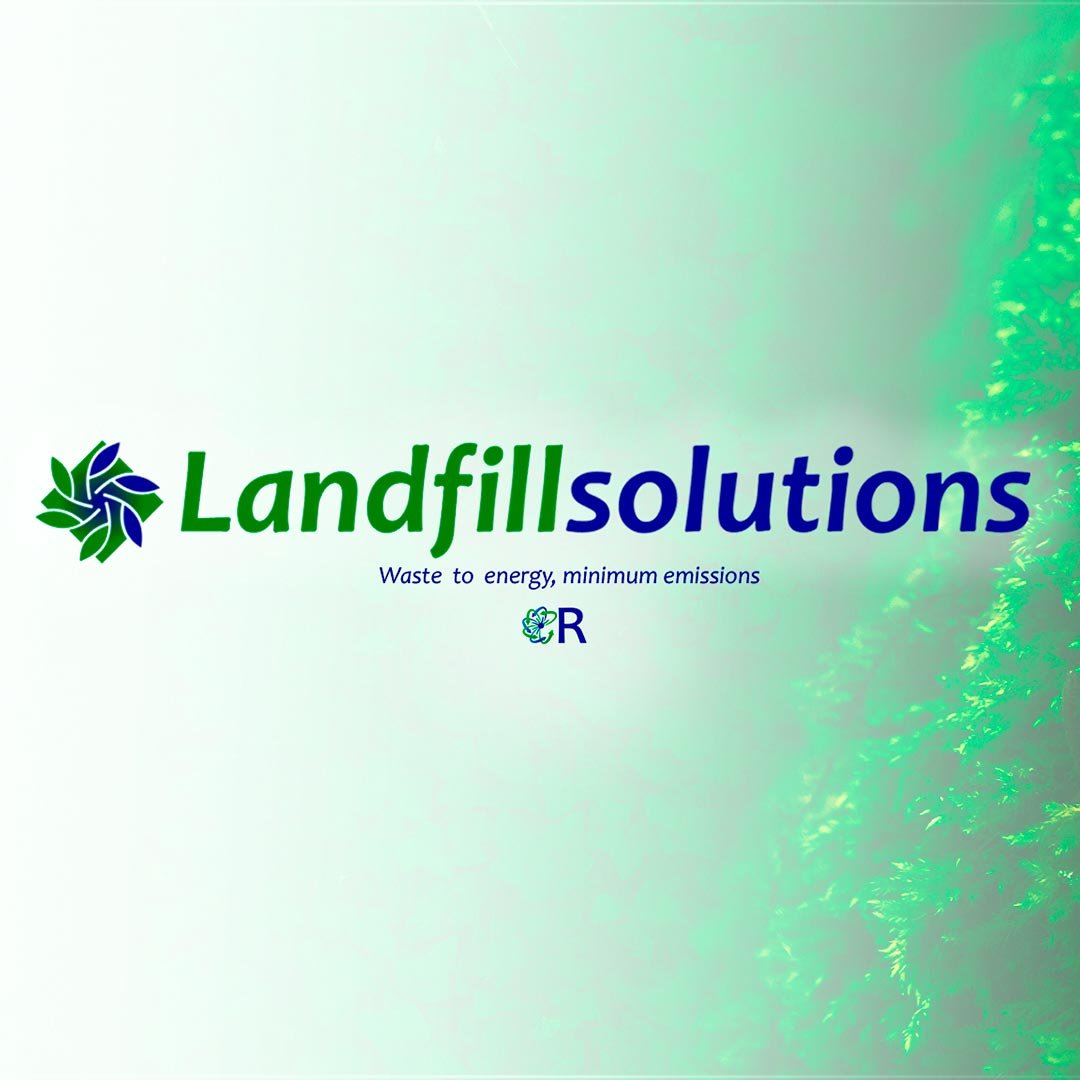The Spanish Ministry of Ecological Transition and Demographic Challenge recently published the annual report on municipal waste generation for 2018 with some striking figures. The country generated 22.2 million tons of municipal waste of which 53.4% ended up in landfills. They recycled only 18% (4 Mt) and composted 17% (3.7 Mt). The remaining 11.6% (2.5 Mt) corresponds to incineration.
These figures fall far short of meeting the targets set by the amending Directive (EU) 2018/851. The directive establishes a recycling rate of at least 55 % of municipal waste by 2025. The target will rise to 60 % by 2030 and 65 % by 2035. It also limits landfilling to 10% by 2035.
Consequently, Aeversu, Spanish Association of Waste-to-Energy companies, is calling on the government to take measures and put the country at the level of northern European countries and the European Circular Economy Directive. Among the measures, they propose policies to discourage landfills and to incentivize energy recovery of waste.
Differences between landfills and waste-to-energy plants
Waste-to-energy (WtE) is the process of converting waste into different forms of energy: electricity, steam, water, gas, or fuel. It is a treatment for municipal waste and it is effective against those materials that we cannot recycle or do not decompose. On the other hand, landfills are facilities where waste is simply deposited, not disposed of, either above or below ground. Below, we discuss the differences further:
1. Waste-to-energy reduces the volume of municipal solid waste (MSW)
Recovery technologies reduce the amount of municipal solid waste (MSW) by about 96-98%. In WtE plants, they process tonnes of waste per hour and use thermal treatments to degrade non-biodegradable and voluminous materials. For instance, plastics and used tires.
2. WtE plants generate electricity
Waste-to-energy plants can produce electric power using fuels and steam to feed generators or steam boiler systems. We can use this power to supply facilities and homes. In this way, it contributes to expanding the energy offers on the market and lowers energy prices for consumers.
3. Landfill disposal generates more greenhouse gas emissions than waste-to-energy plants
The decomposition of waste in landfills produces biogas. Landfill biogas is composed of methane gas (CH4) and carbon dioxide (CO2). Both are powerful greenhouse gases (GHG) that continue to generate longer after the landfill is closed. Generally, for periods exceeding 20 years. So, part of landfill GHG emissions is inherited.
It is worth mentioning that national statistics do not comprehend CO2 produced in landfills. Only methane gas. The reason being they consider this CO2 to be biogenic. They include this element aside as global carbon sequestration in forest and agricultural masses. Despite that, according to data from the Ministry of Ecological Transition, waste management in Spain produced 5% in 2016. In addition, 80% of these emissions came from landfills. Besides that, according to Aeversu, landfills generate 175% more emissions per tonne of waste than waste-to-energy plants.
4. Landfilling involves greater environmental impact and a greater land occupation
Land availability is limited. Landfill capacity is also limited. Moreover, according to World Bank studies, global waste generation will increase by 70% by 2050. Therefore, as the population grows and the volume of waste increases, landfilling becomes less viable. In fact, waste-to-energy technologies bloomed to a greater extent in land-scarce, high-income countries. For example, Denmark and the Netherlands recover 56% and 30% of their waste as energy, respectively.
In addition, landfills impact landscapes and surrounding areas. They generate bad odors and unhealthy conditions so they must be located far from cities. In addition, they must excavate large areas of land for their construction. Once the landfill is closed, it can take decades to become usable again.
5. The accumulation of garbage in landfills entails serious risks for the environment
As mentioned above, landfills are a source of biogas. Biogas is highly flammable and increases fire risks in landfills. Also, the decomposition of garbage releases heavy metals and toxic substances. These are leachates. These substances leach into the soil, depleting its fertility and contaminating aquifers and waterways. On the other hand, waste-to-energy plants control and mitigate these risks.
6. Landfills do not recover materials
Landfills are a place where they bury and cover the waste with layers of sediment. The purpose of this is to isolate garbage and let it degrade naturally and “safely”. Thus, there is no material nor energy recovery from landfills. On the contrary, it implies a high cost of resources and operations. On the other hand, Aeversu estimations calculate WtE plants recover an aggregate value of more than 7 million euros per year.
7. Waste-to-energy plants generate qualified employment and more jobs
The green economy and waste management sectors have great potential for job creation. Climate change, population growth and the increase of waste generation are all contributing factors. The waste-to-energy sector employs more than 1,000 people directly and more than 1,400 indirectly each year. A total of almost 2,500 jobs in all. In addition, employment in WtE plants is highly qualified. This translates into increased competitiveness and employment rate for the country.
THERMOLYSIS, a clean waste-to-energy method
THERMOLYISIS is the low-carbon waste-to-energy technology. It is a non-burn, non-polluting thermal treatment for waste that contributes to better waste management and a circular economy. Thermolysis transforms organic and inorganic matter and leachate into different byproducts. For example, biochar, electricity, fuels, soil improvers, and charcoal.
In addition, thermolysis plants can process non-biodegradable materials. For instance, plastics and old tires. Plastics and tires do not dissolve, instead, they accumulate in the environment. In some cases, people burn them, which produces large quantities of harmful gases. Even in a normal incineration plant. However, thermolysis plants process plastics and old tires in a clean way with near-zero emissions. Less than <4g/h of CO2 per tonne of plastic treated.
Find out more about our alternative products and waste management treatments.
| What are the advantages of Thermolysis? ✔ Non-burn technology. ✔ Near-zero emissions. ✔ Hight performance. ✔ Wide range of byproducts. ✔ Return on investment. |


